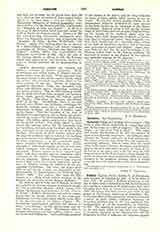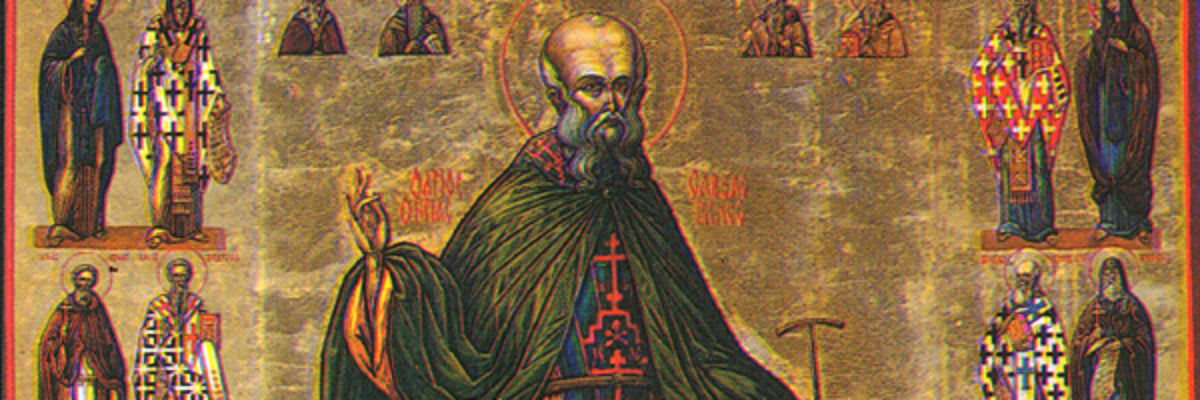

Sabbas (SABAS), Saint, hermit, b. at Mutalaska near Caesarea in Cappadocia, 439; d. in his laura December 5, 532. He entered a Basilian monastery at the age of eight, came to Jerusalem in 456, lived five years in a cavern as a disciple of St. Euthymius, and, after spending some time in various monasteries, founded (483) the Laura Mar Saba (restored in 1840) in the gorges of the Cedron, southeast of Jerusalem. Because some of his monks opposed his rule and demanded a priest as their abbot, Patriarch Salustius of Jerusalem ordained him in 491 and appointed him archimandrite of all the monasteries in Palestine in 494. The opposition continued and he withdrew to the new laura which he had built near Thekoa. A strenuous opponent of the Monophysites and the Origenists he tried to influence the emperors against them by calling personally on Emperor Anastasius at Constantinople in 511 and on Justinian in 531. His authorship of “Typicon S. Sabae” (Venice, 1545), a regulation for Divine worship throughout the year, as well as his authorship of a monastic rule bearing the same title (Kurtz in “Byzant. Zeitschrift”, III, Leipzig, 1894, 167-70), is doubtful. After him was named the Basilica of St. Sabas with its former monastery on the Aventine at Rome. His feast is on December 5. Other saints of this name are: St. Sabbas, a Goth, martyred April 12, 372, by being drowned in the Musus, a tributary of the Danube; St. Sabbas, also a Goth, martyred with about seventy others at Rome, under Aurelian; St. Julianus Sabbas, a hermit near Edessa, d. about 380; St. Sabbas the Younger, a Basilian abbot, d. February 6, 990 or 991, at the monastery of St. Cwsarius in Rome; St. Sabbas, Archbishop of Servia, d. at Trnawa, January 14, 1237.
MICHAEL OTT


